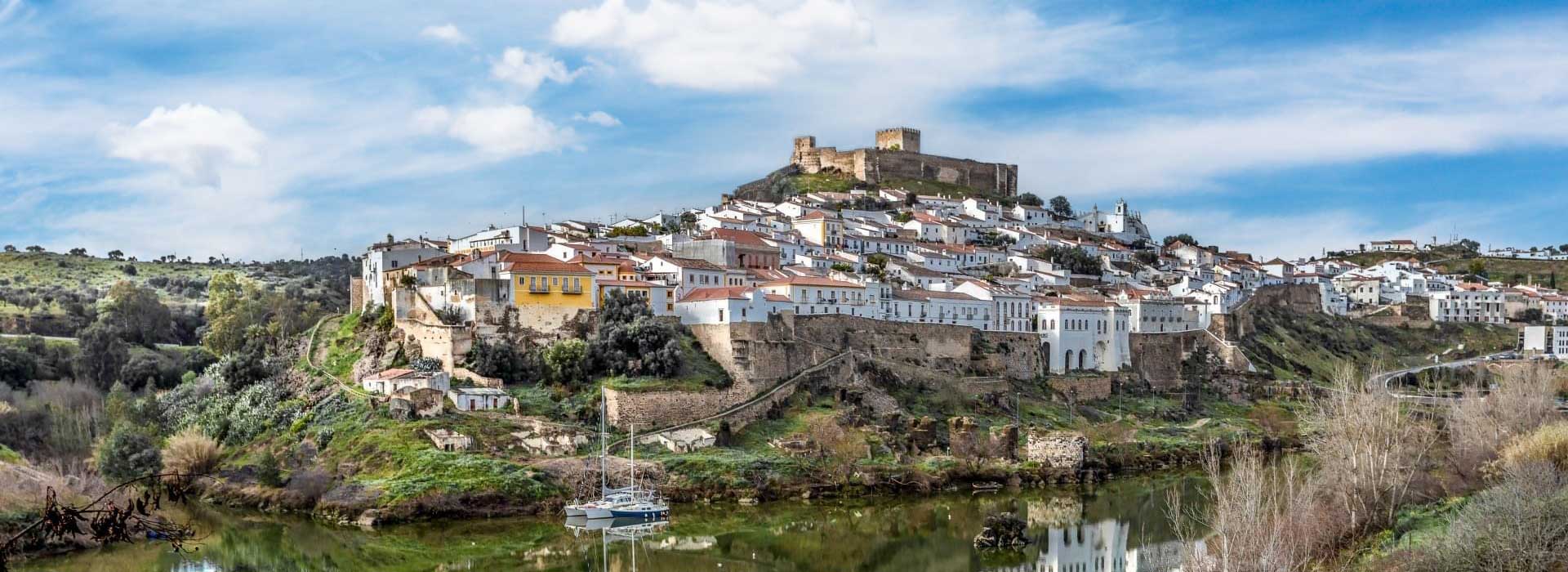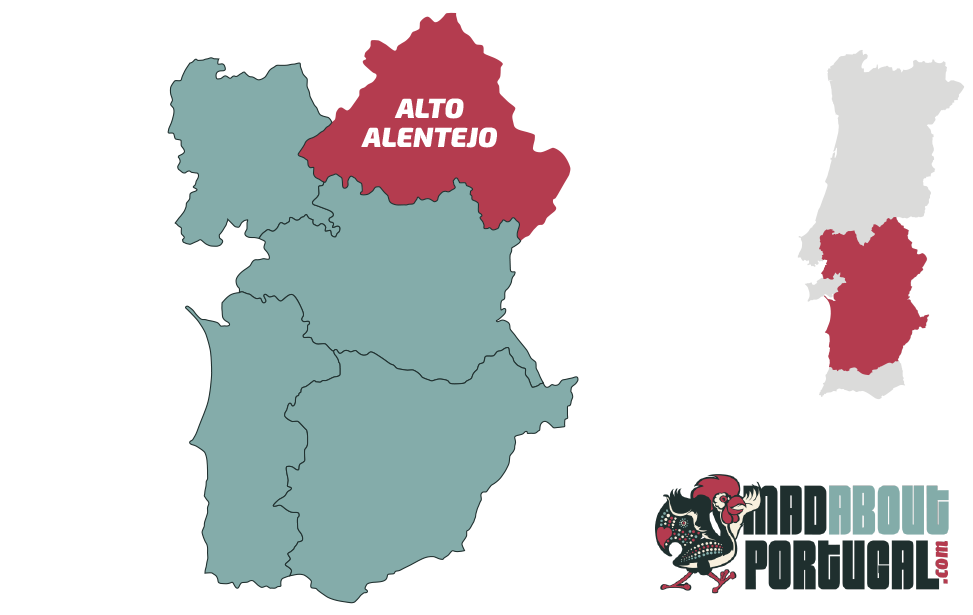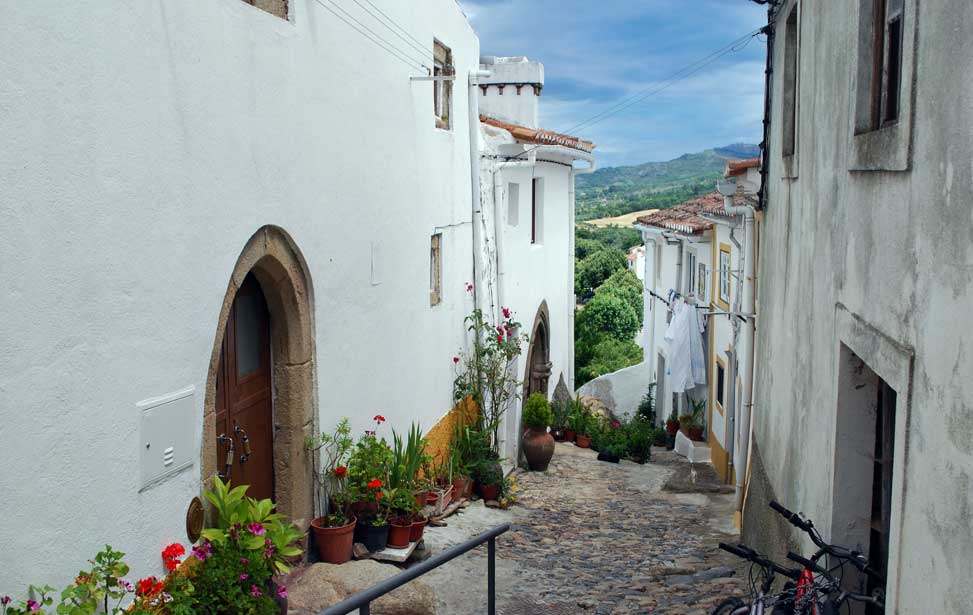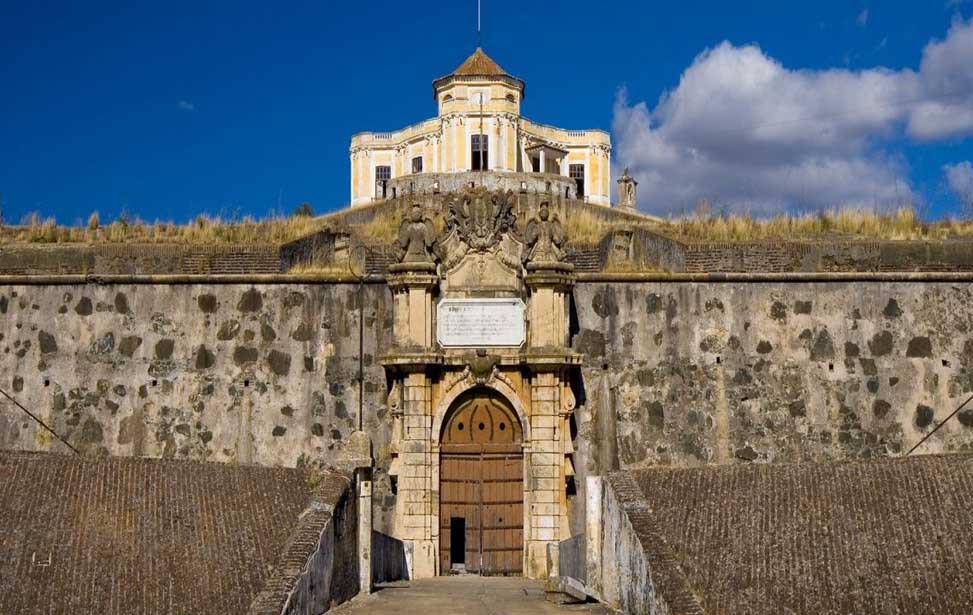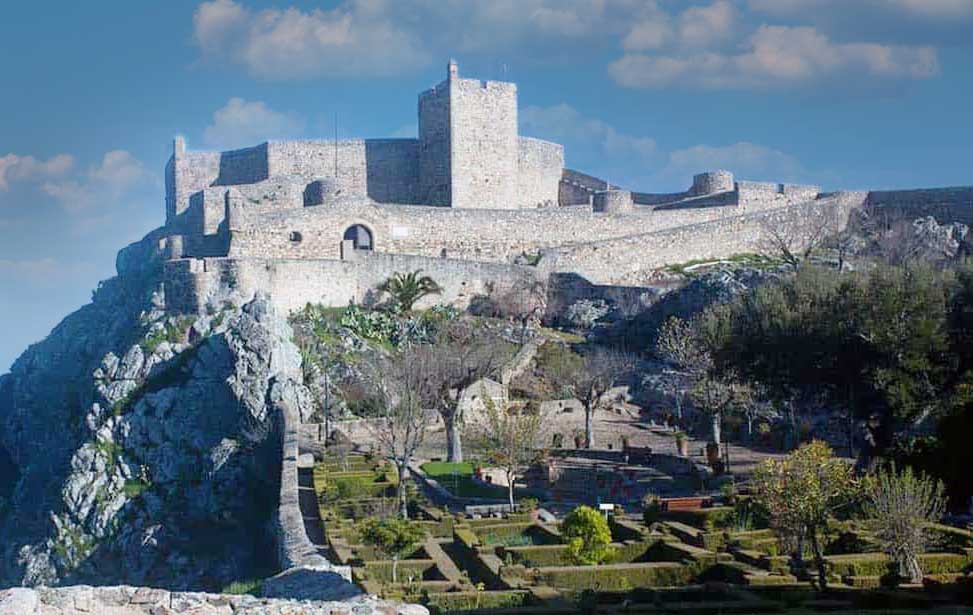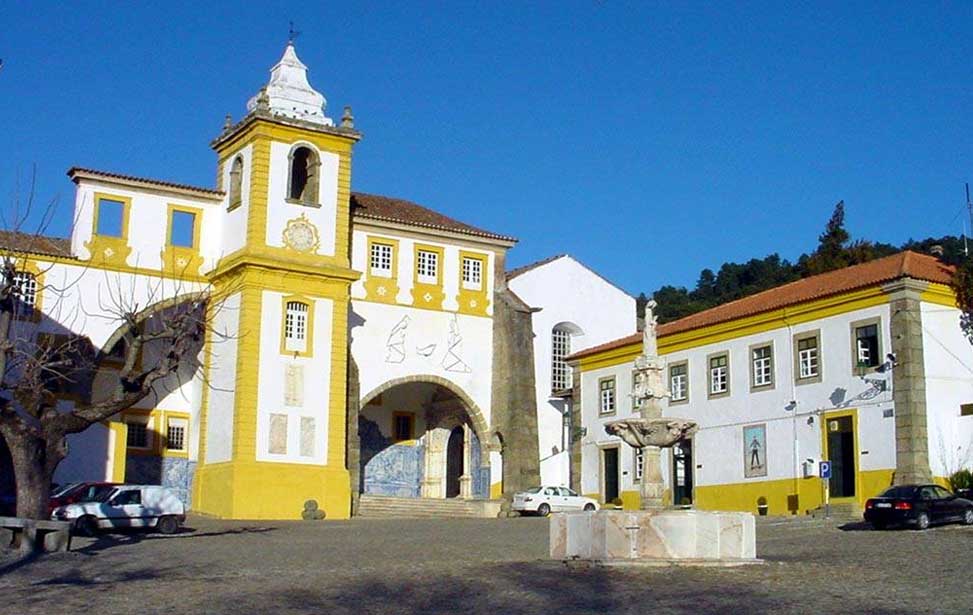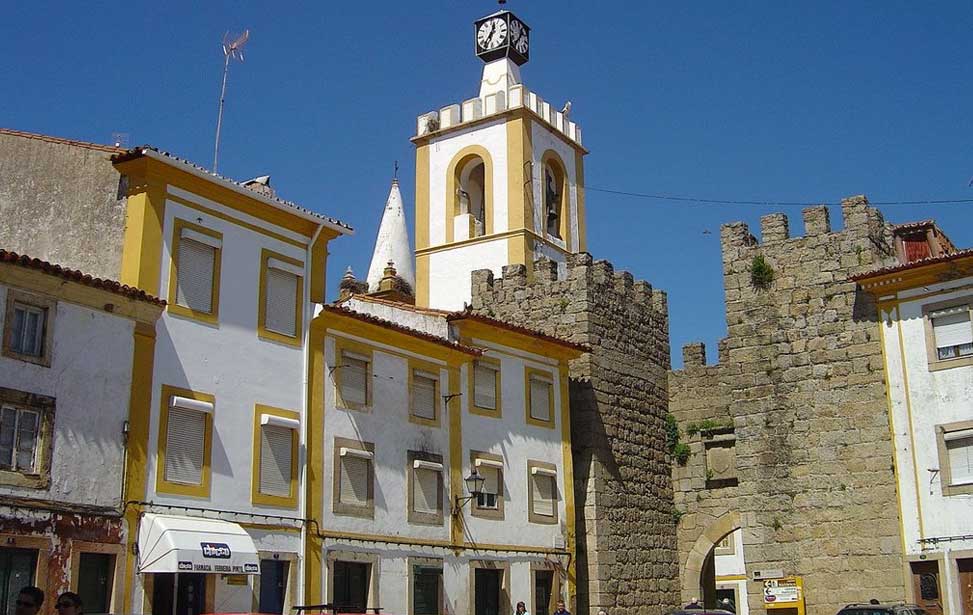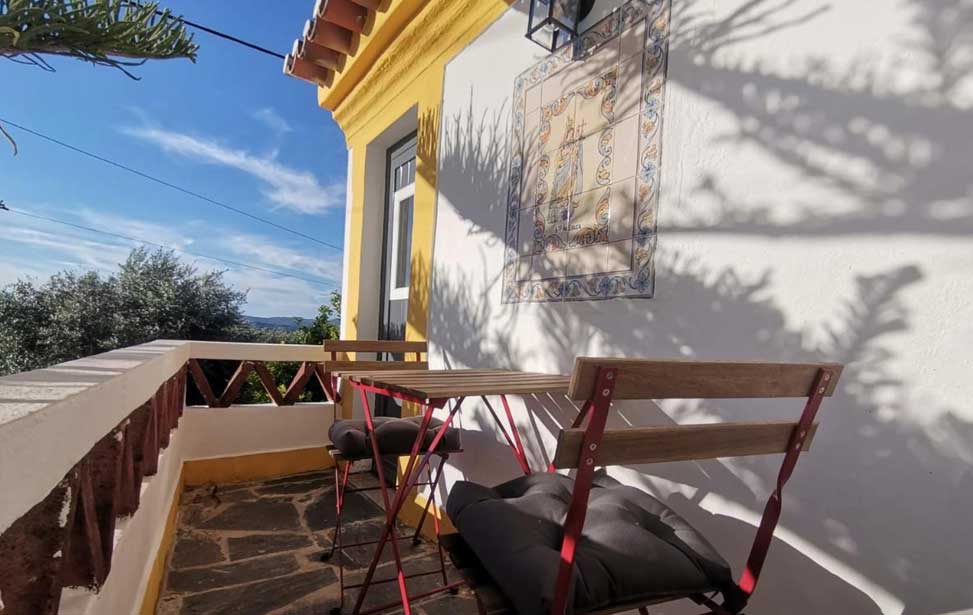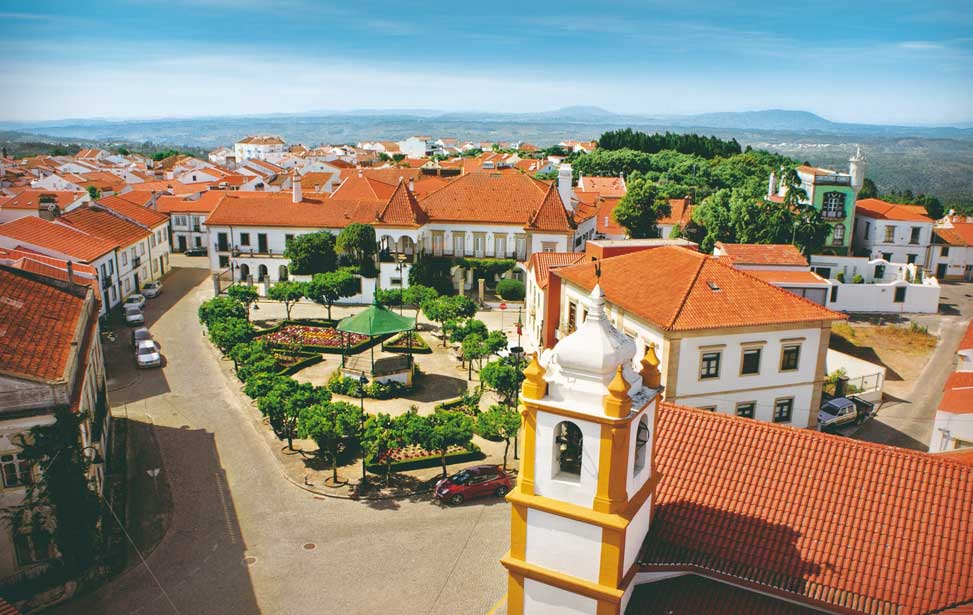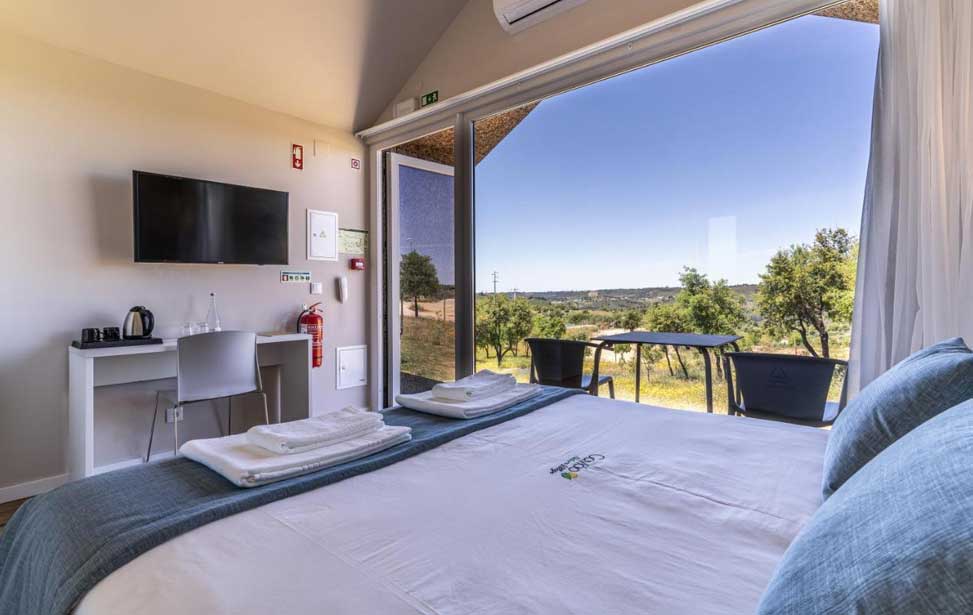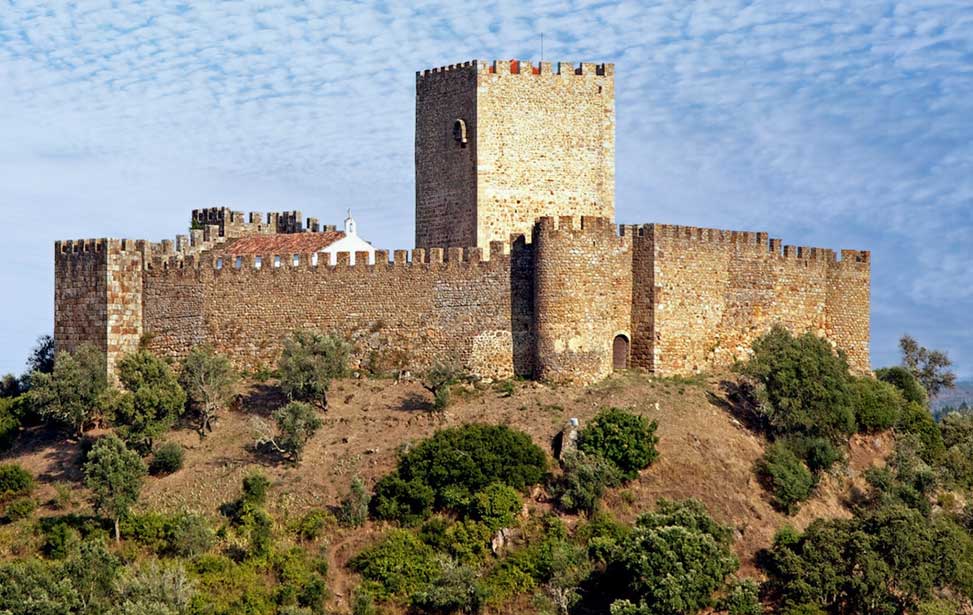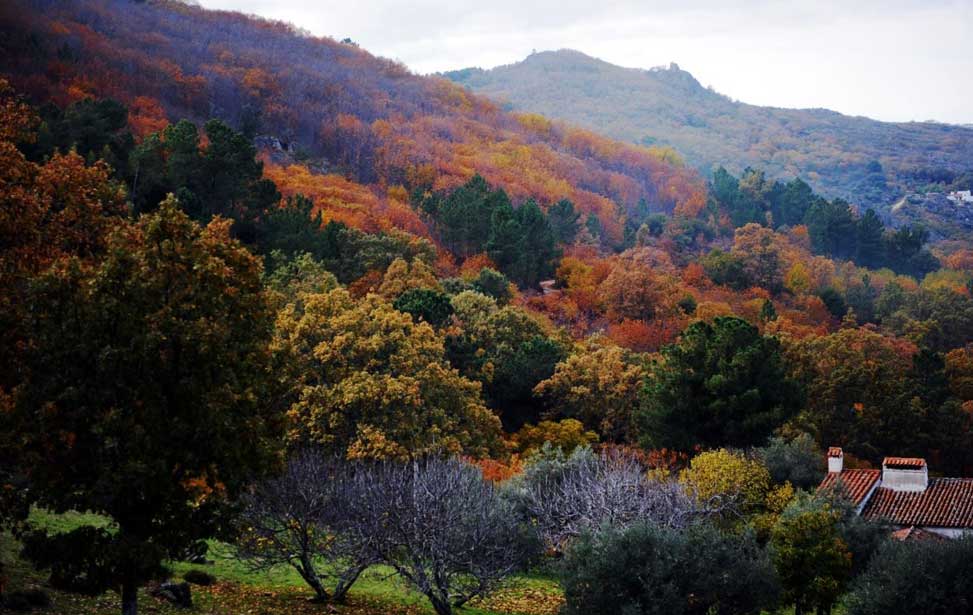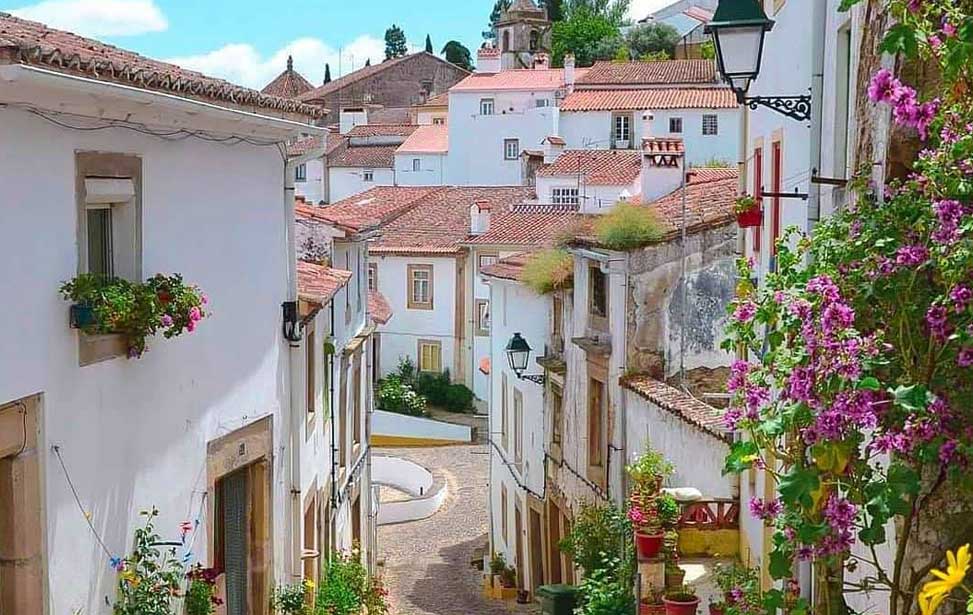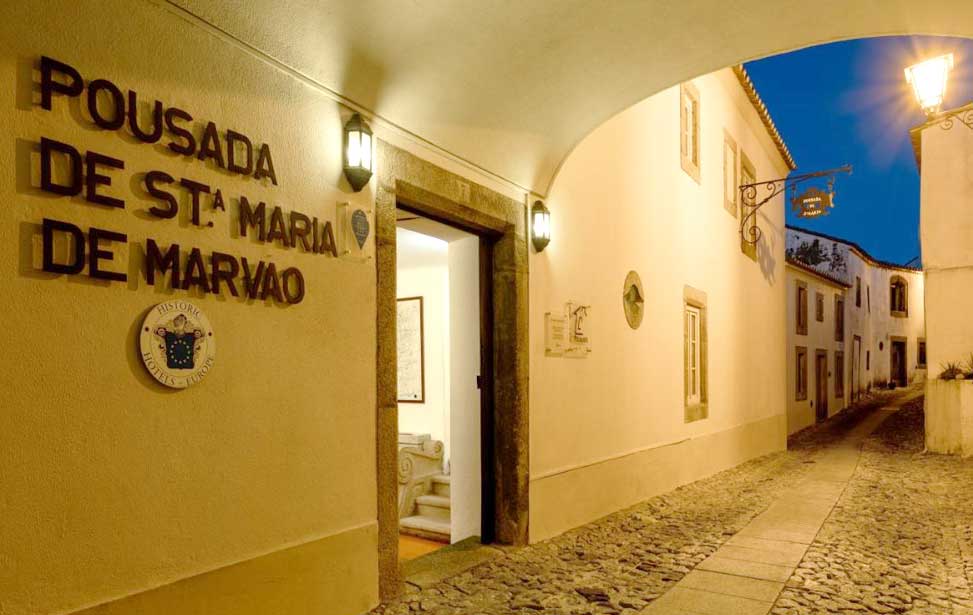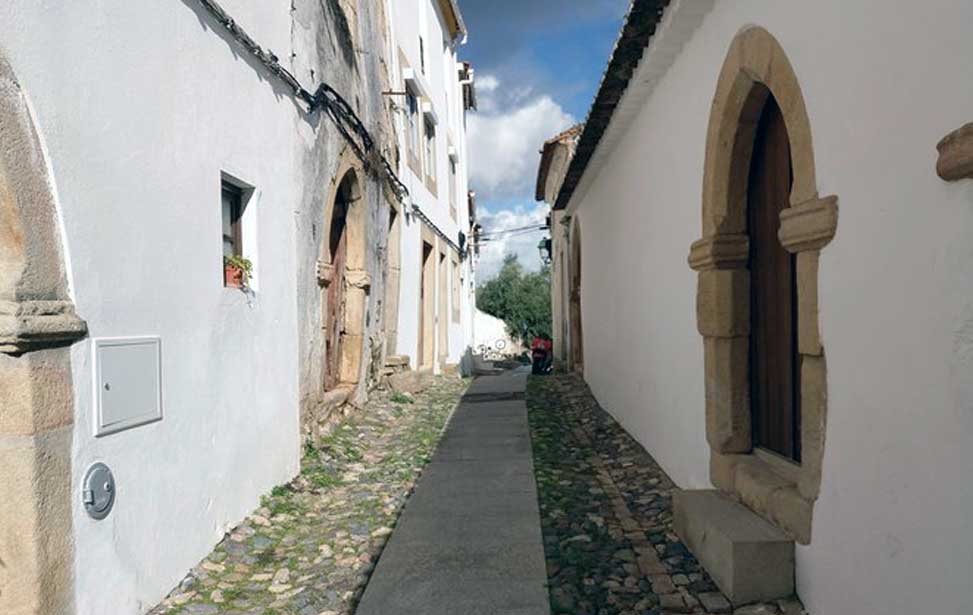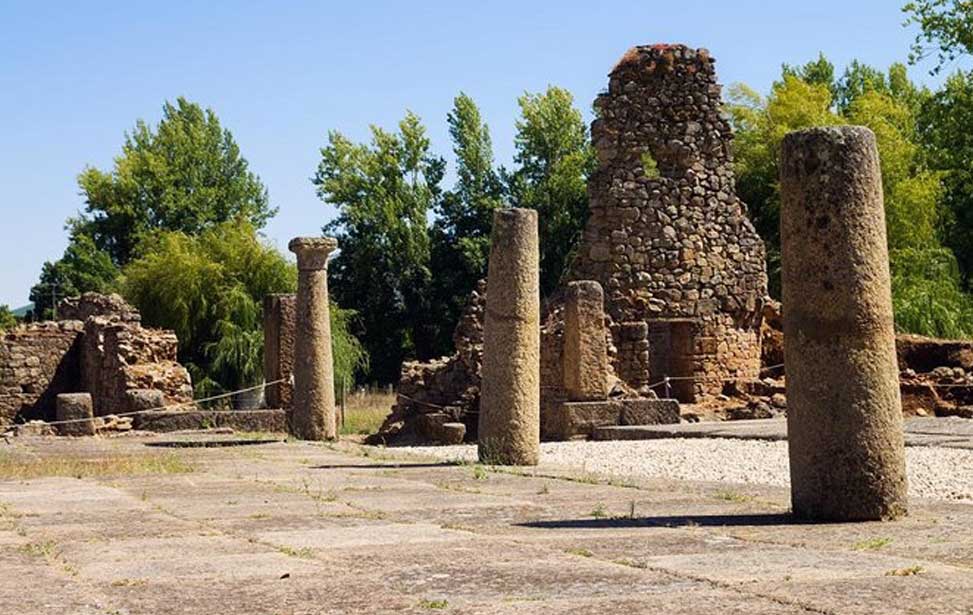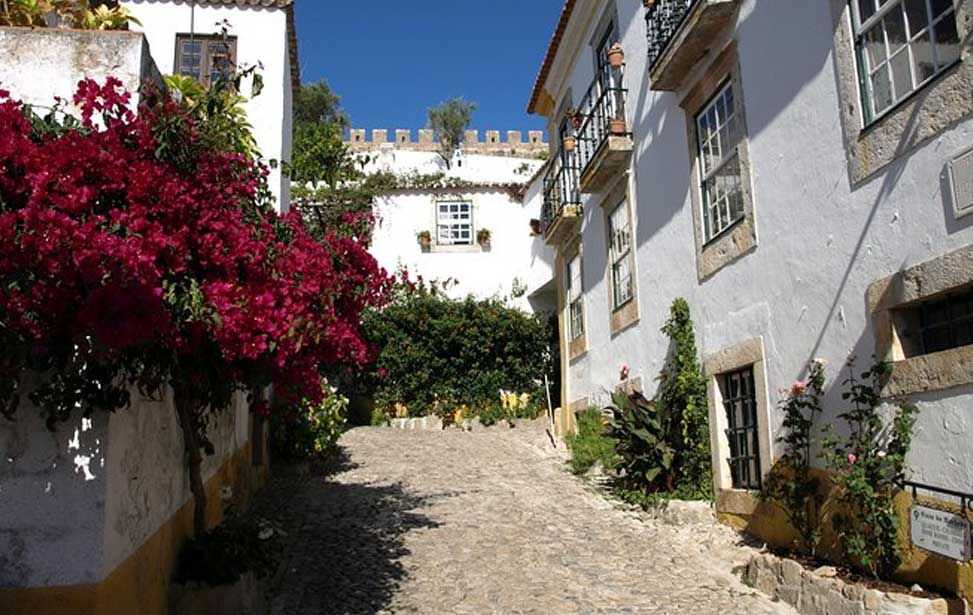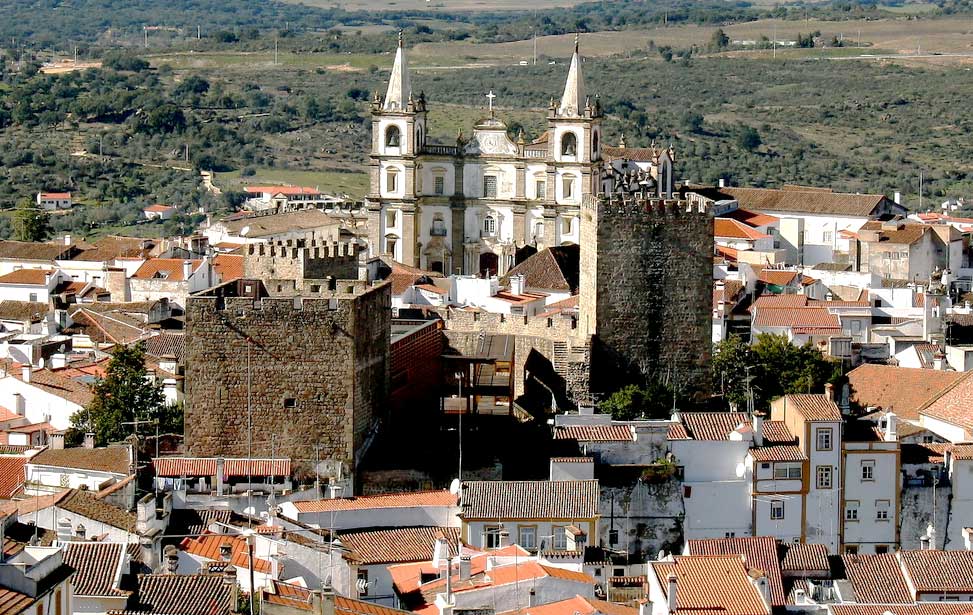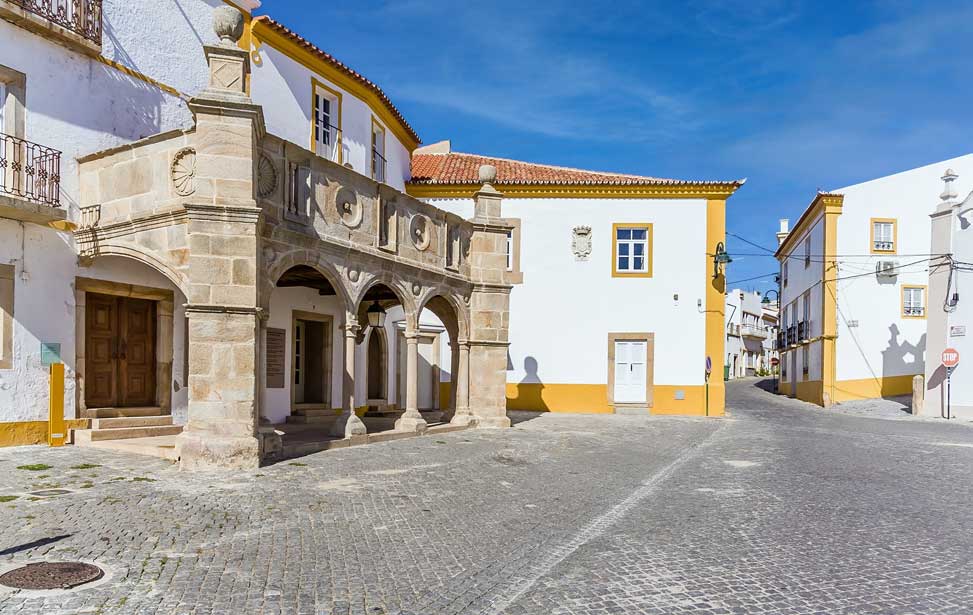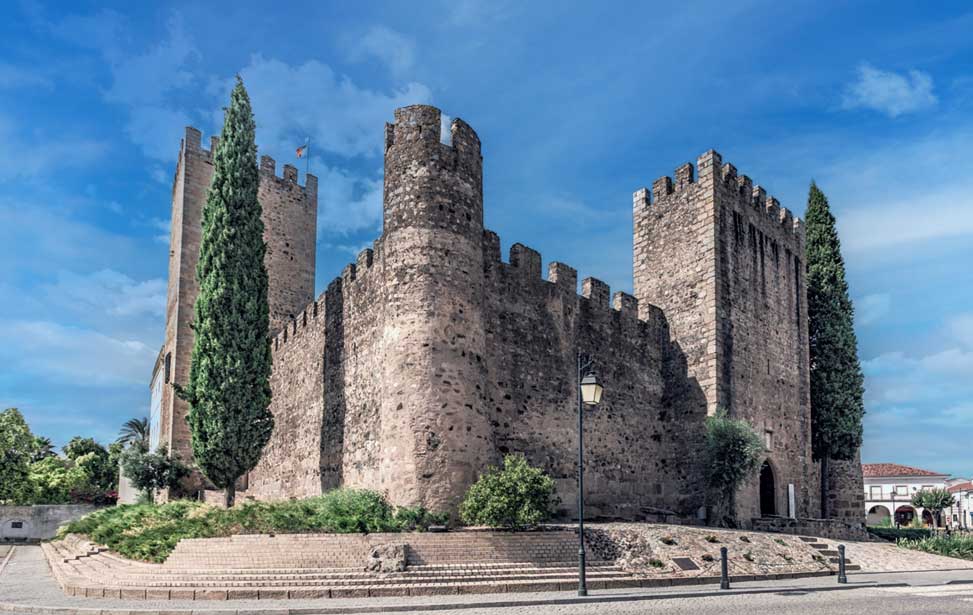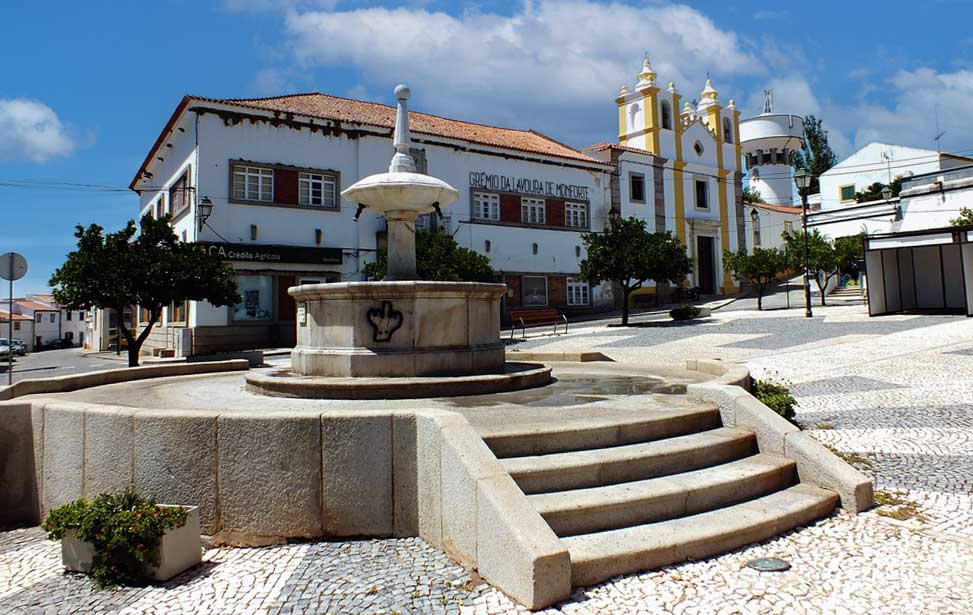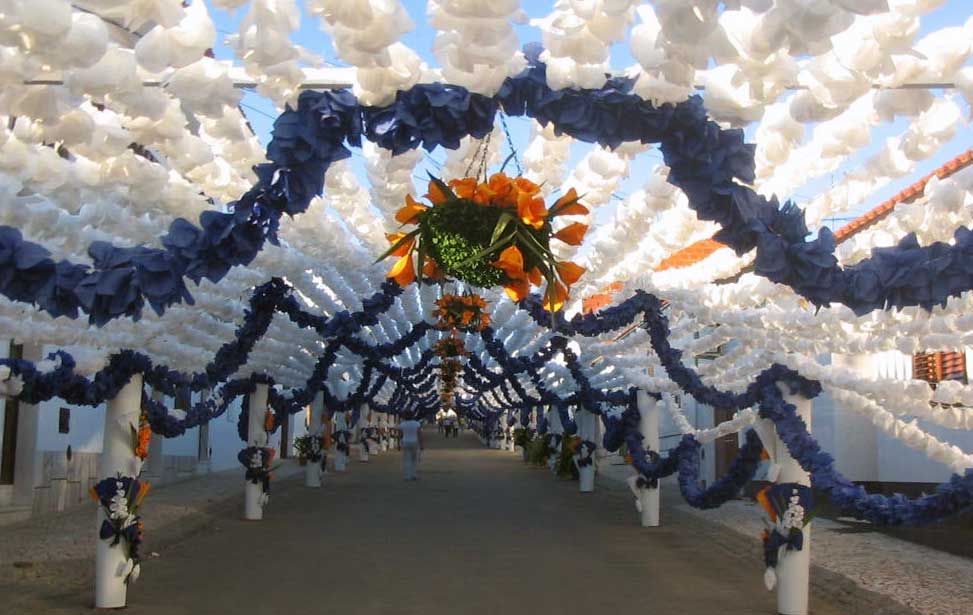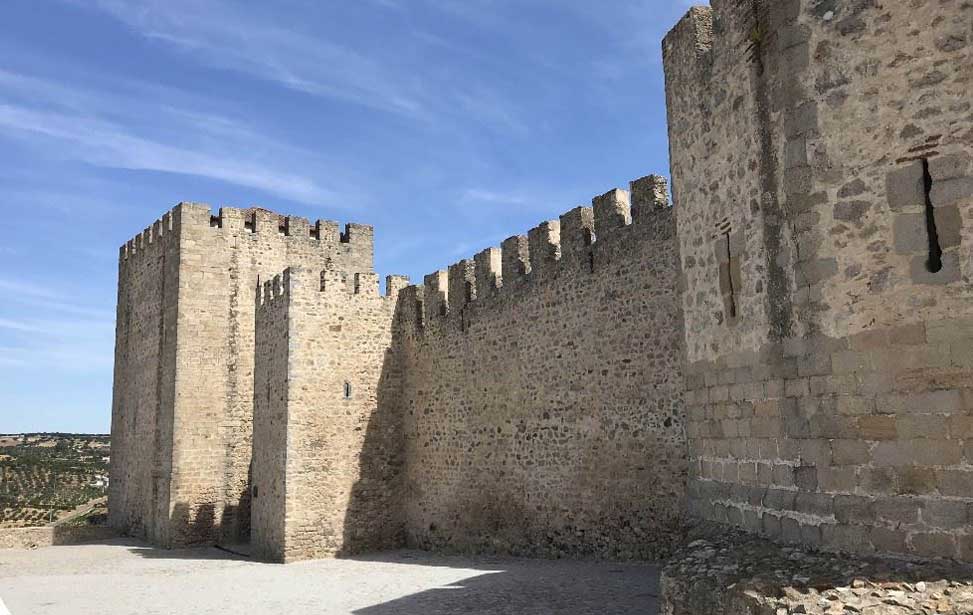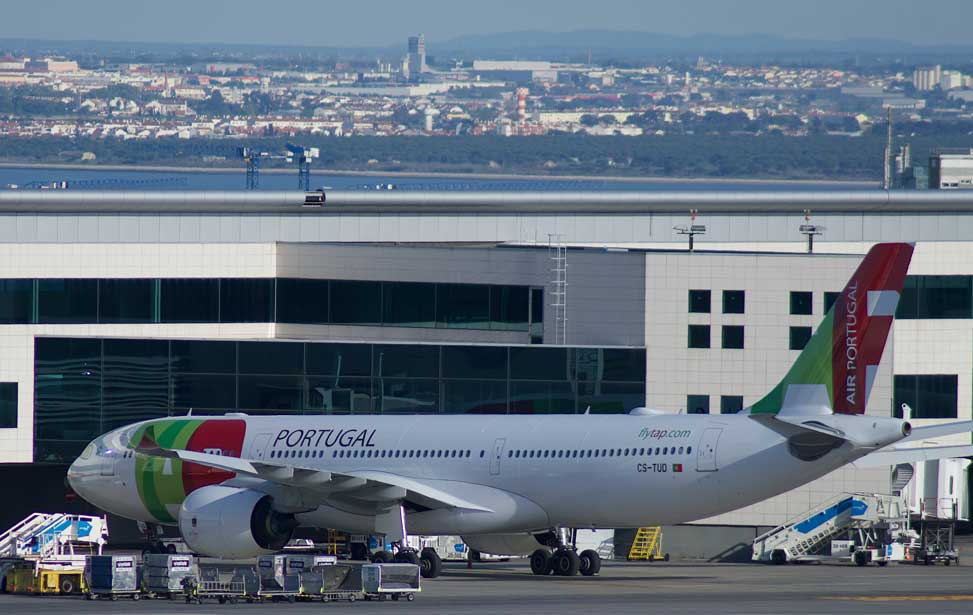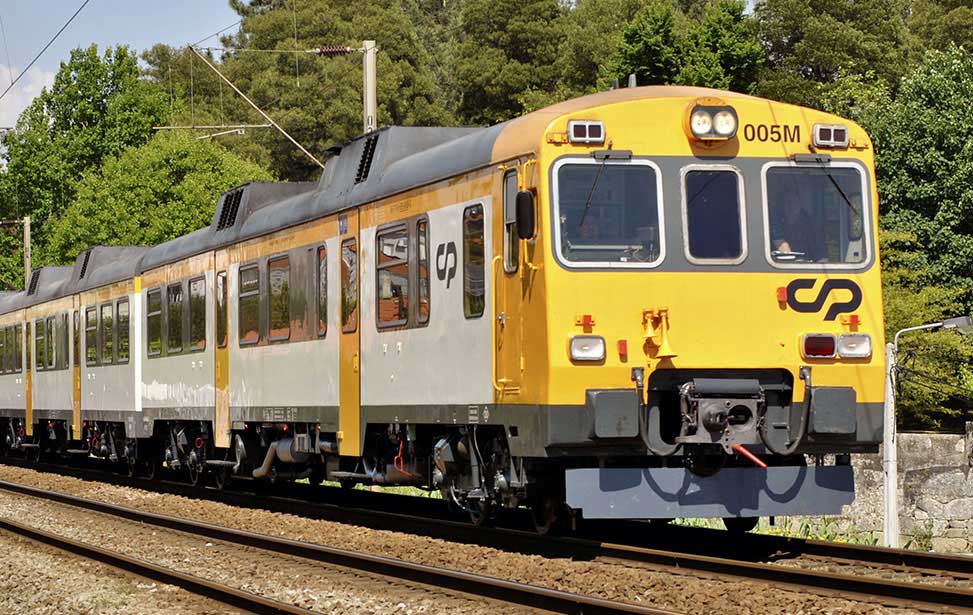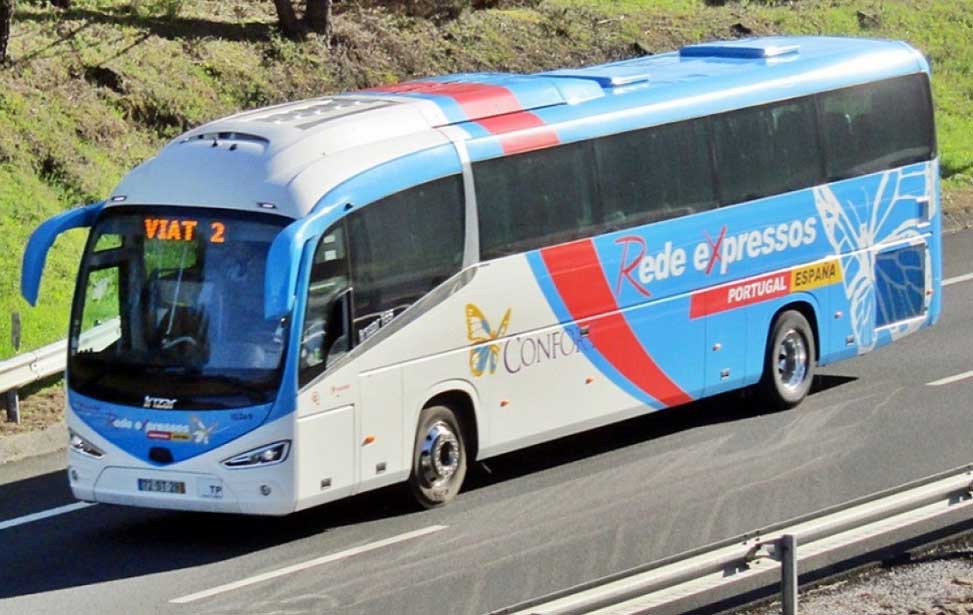Five kilometres (3mi) south of the river Tejo bordering the Beira Baixa region the area around Gavião feels less arid than further south and more agricultural. Archaeological discoveries affirm the presence of Roman occupation. For the most part, Gavião has dodged major historical calamities due to its remoteness. The town is famed for its gastronomy, particularly game, and local handicrafts, such as painted ceramics and ornate embroidery.
Castelo de Belver
The most visited attraction in the municipality of Gavião is the medieval castle of Belver. Due partially to the train station close by that connects to Lisbon on the picturesque Bairo Baixa line. It was built in 1212AD by the order of Dom Sancho and was the first castle constructed by the Hospitallers in Portugal. From its commanding position overlooking the north bank of the river Tejo when it was built, it lay on the forever moving boundary between Christian and Muslim-held territories. Belver Castle was later expanded by Dom João I (1357-1433) during a dispute with neighbouring Castile. The castle survived many skirmishes throughout history only to suffer greatly from the Lisbon Earthquake, in 1755, and the Benavente earthquake, in 1909. The castle was tastefully renovated in the 1940s. A rectangular keep still stands proudly behind sturdy walls and compares well to other great castles along the Tejo such as Almourol. Inside the castle walls, there's the tiny chapel of São Brás which was built in the 16th century. Inside there is a high-altar, with a number of statues and holy relics from Jerusalem, gifted by the Great Prior of Crato to Prince Luís, son of Dom Manuel I. To enjoy the amazing views from the castle you must first ascend a set of steep steps and pay a small entrance fee.
Wednesday – Sunday: 10h00 – 13h00/14h00 – 18h00, Monday & Tuesday: CLOSED | €2,00
Linha da Beira Baixa [ Timetable ► ]
Contact Delails:
Rua de São Pedro. 6040-024, Belver, Portugal. | 39° 29' 37.1" | N 07° 57' 38.2" W
+351 266 769 450 | info@cultura-alentejo.pt
Belver
In the village of Belver there are two curious museums, one is dedicated to soap (Museu do Sabão) and one to local tapestries (Museu das Mantas e Tapeçarias). In the village of Belver there are two curious museums, one is dedicated to soap (Museu do Sabão) and one to local tapestries (Museu das Mantas e Tapeçarias). On the opposite bank of the Tejo is the popular bathing area and river beach of Alamal. Canoes and boats can be rented and there's a café for your convenience.
Dolmen of Penedo Gordo (Anta do Penedo Gordo)
Four kilometres west of Belver (2.5mi) along a well signposted lies a relic from the megalithic. This stone structure was used for funerary purposes during the Chalcolithic period, in the third millennium BCE. For its age, the dolmen is in very good condition. It has an elongated, multi-sided chamber, with nine stone blocks and an access corridor close to three metres long. The capstone that once sat on top of the monument lies around the structure in pieces. | 39° 29' 31.1" | N 07° 57' 50.2" W




